Only 1% of homes in the United States are conducive to aging in place, but more than 75% of older Americans want to stay in their own homes for as long as possible. Although home modifications for aging in place may seem overwhelming at first, there are a number of guidelines you can follow to simplify the process. Our guide to aging in place design will help you create a home that can safely accommodate you for as long as possible.
Make Sure You Understand Aging in Place
Aging in place refers to older individuals staying at home as they age, rather than moving to a senior living community. As we age, tasks that were once second nature can become much more time-consuming and difficult. This is largely due to the onset of certain medical conditions, including:
- Balance issues
- Reduced vision
- Reduced hearing
- Decreased mobility
- Reduced mental capabilities
- Loss of strength or endurance
These issues can negatively impact your ability to perform activities of daily living. This may include navigating your home, running errands, maintaining good hygiene, and keeping up with yard work. Aging in place design anticipates these problems by adapting your home to account for and support your limitations.
What Are the Benefits of Aging in Place?
Unlike some other options, staying at home can provide you with a sense of independence and autonomy. Ultimately, the goal of aging in place is to maintain or improve your quality of life. Remaining in a familiar setting near friends and neighbors positively impacts your health and happiness. And in some cases, the cost of aging in place is lower than the costs associated with senior living communities.
Who Should Consider Aging in Place?
The decision to age in place shouldn’t be taken lightly. It’s crucial to create a comprehensive plan in advance that addresses any potential issues that might accompany aging in place. If you satisfy the following criteria, you might be a good candidate for aging in place:
- Your home is accessible or can easily be made accessible
- You have a strong support system of friends, family, and doctors
- You’re a proactive person who likes making your own decisions
- You have access to transportation, whether private or public
- You’re in relatively good health and are comfortable living on your own
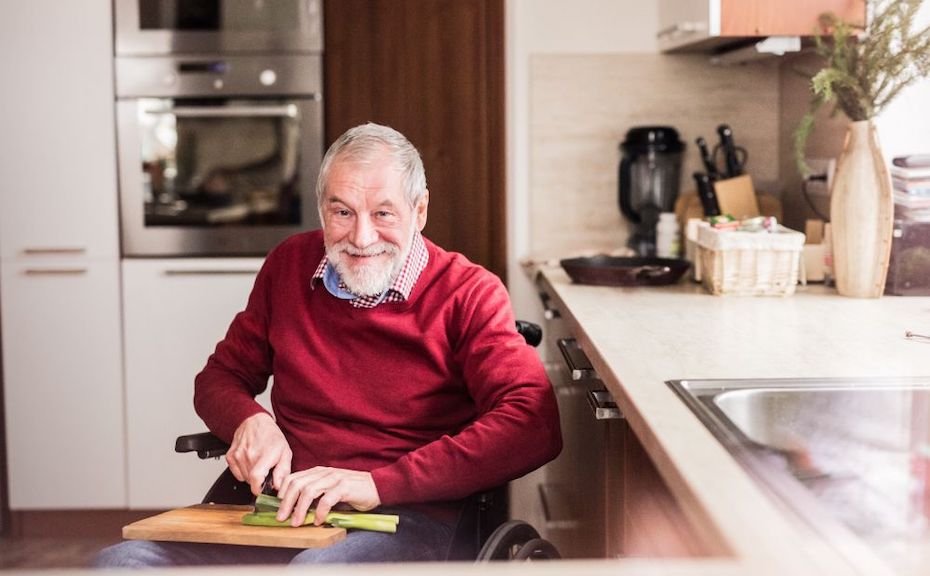
Start By Creating a Comprehensive Plan
When it comes to aging in place, the first step is assessing your current situation and creating a long-term plan for the future. Account for any health issues you may be dealing with and how they may impact your ability to stay in your home long-term.
You already know that the goal of aging in place is to maintain or improve your quality of life. That means taking good care of yourself, your home, and your finances, even as your situation changes. Having a plan also places less of a burden on your family/friends and lessens the need for emergency assistance from your community.
Seek Out Any Available Financial Assistance
Many people assume that home modifications for aging in place are prohibitively expensive. And while some can be costly, others are surprisingly affordable. Depending on the nature of the modification, it may be covered by Medicare, Medicaid, or private health insurance. Check with your local Area on Aging or state Housing Finance Agency to learn more about financial assistance for aging in place design.
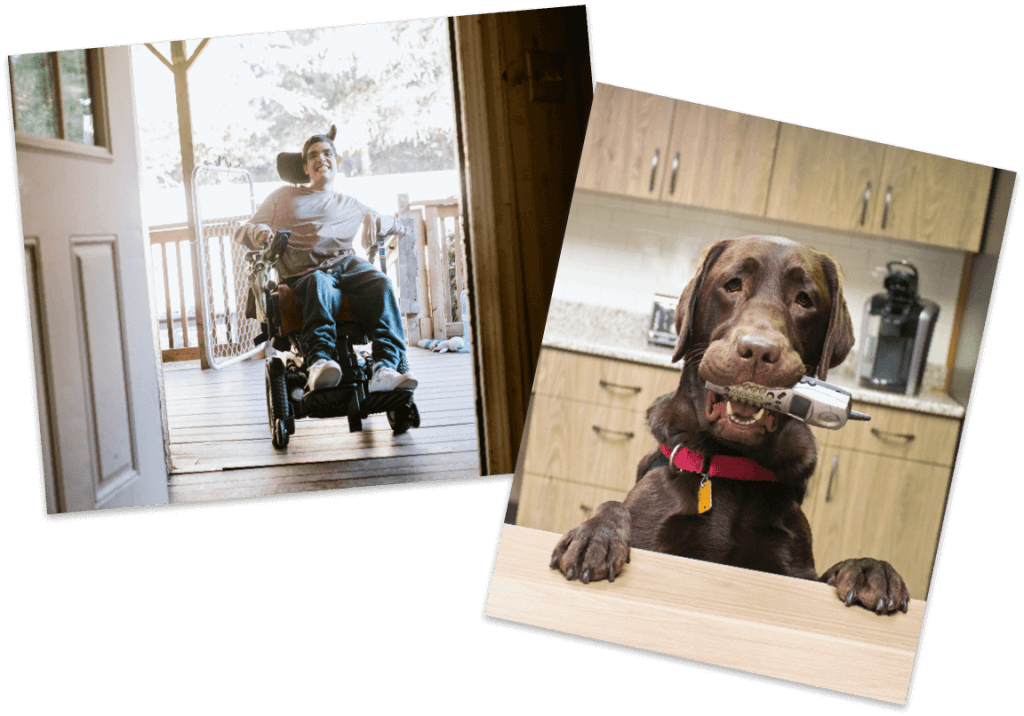
UDS Can Help You Live A Fuller Life With Our Comprehensive Services:
Planning & Support – Our dedicated planning & support teams help manage the care and services you need.
Personal Care & Independence – We’ve helped people with disabilities live more independently in their own homes since 1965.
Enrichment & Life Skills – Our variety of programs is dedicated to building skills for living well with a disability.
Incorporate Universal Design Into Your Build or Remodel
Aging in place design is firmly rooted in principles of universal design, which focuses on creating environments that are safe and comfortable for people of any age. Universal design offers ease of movement within spaces that are still welcoming and aesthetically pleasing. Best of all, your home won’t look modified or any different from those of your neighbors.
Universal design plays an important role in both new construction and existing home modifications. If you’re building a new home, universal design allows you to create a space that won’t need adaptation or functional changes in the future. Whether its inhabitants are eight or 80, your home features for aging in place will accommodate them with ease.
If you’re modifying your current home to make it more accessible, you should still keep universal design in mind. Think ahead to what you may need down the road, no matter how small the change. It’s more affordable — and practical — to make all of your modifications during a single renovation, rather than undergoing a series of smaller projects based on things you may have forgotten.
Enhance Your Home with “Smart” Technology
Because it allows users to control connected devices from smartphones or apps, smart technology is ideal for people who are aging in place. Rather than getting up to adjust the thermostat or turn on the lights, you can remain seated and do so with the touch of a button. You can connect a wide variety of devices, sensors, or appliances to the Internet of Things (IoT) within your home. These include:
- Door locks
- Lighting
- Thermostats
- Smoke/carbon monoxide detectors
- Appliances (e.g. stoves, refrigerators, or laundry machines)
- Virtual assistants (e.g. Amazon Echo, Google Home, or Siri)
- Home security systems
Smart technology can also help family members monitor individuals who are aging in place. For example, you can install motion sensors that track movement and alert caregivers if you haven’t moved lately. Ultimately, smart technology and the IoT offer enhanced security and safety that are a valuable part of aging in place design.
Seek Out a Team of Experts for Your Project
Don’t take on your home modification project alone! There are a variety of consultants, architects, and contractors who specialize in building or retrofitting homes that are safe and accessible. Consultants can identify problems in existing homes and help you make the necessary safety upgrades. On the other hand, specialty architects and contractors can design and build new homes based on the principles of universal design.
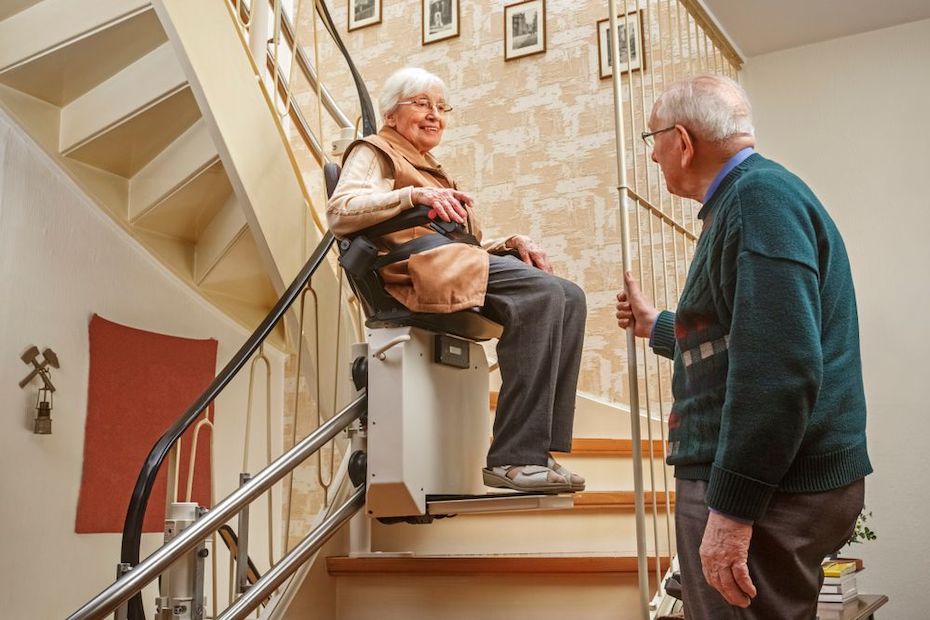
There are several different ways to connect with aging in place experts. Start by checking out one or more of the options below:
- Your Local Area Agency on Aging can connect you with an occupational therapist to help you identify hazards in your home. This individual can also work with you to institute simple modifications to eliminate these problem spots.
- Contact a Certified Environmental Access Consultant (CEAC) or Senior Home Safety Specialist (SHSS). These trained professionals are experts at assessing home safety and accessibility and can make informed recommendations.
- Get in touch with a Certified Aging in Place Specialist (CAPS). These experts complete a training program for home remodelers through the National Association of Home Builders (NAHB).
Working with a professional ensures that you make the most of your renovation budget and get the modifications that matter to you. They’re trained to assess and satisfy your needs to make you feel comfortable and safe as you age in place. After all, even the smallest modification can have a life-saving impact.
Get Started with Our Home Modification Tips
Ready to start making small adjustments to your home to support aging in place? You’ll find a short list of modifications and home features for aging in place below:
Bathroom
- Install grab bars in the tub or shower and on either side of the toilet.
- Add a fold-down seat, chair, or stool to the tub or shower.
- Choose an adjustable-height showerhead with a handheld wand.
- Learn the basics of cleaning your bathroom
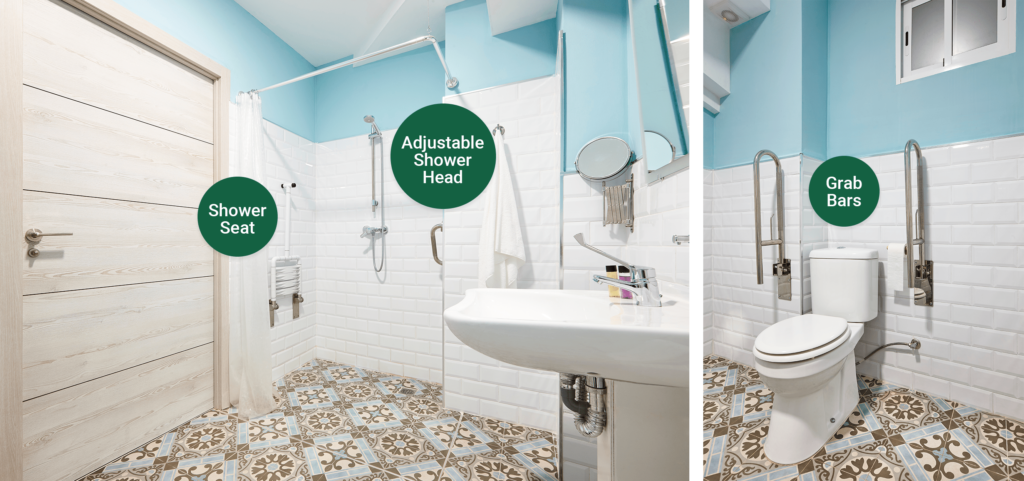
Bedroom
- Select a low-profile bed and nightstands for ease of use.
- Install open closets with easy-access shelving and pull-down rods.
- Add a bed rail to make it easy to get in and out of bed.
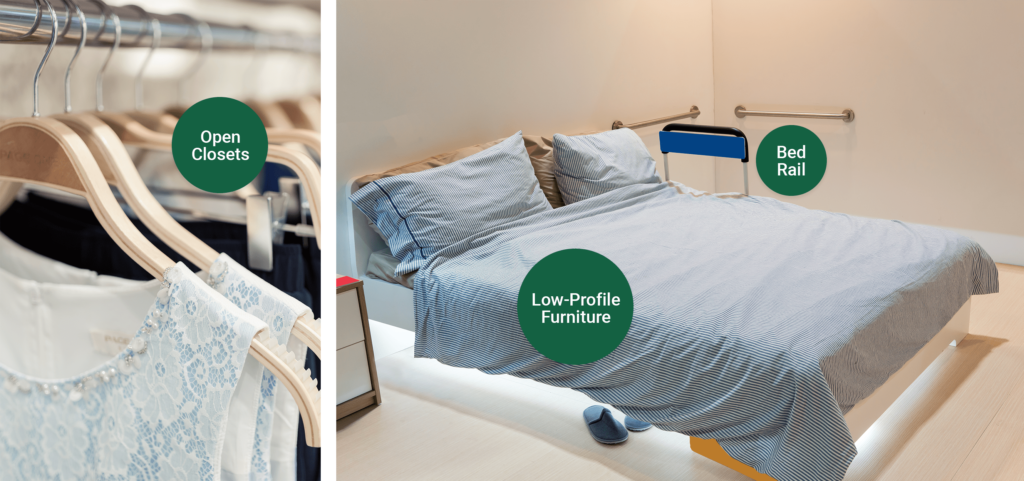
Kitchen
- Opt for easy-to-use lever faucet handles or a hands-free faucet.
- Add a mobile, chair-height island to provide maneuvering space for wheelchairs.
- Create space in below-counter drawers for items that would traditionally go in above-counter cabinets, like plates and glasses.
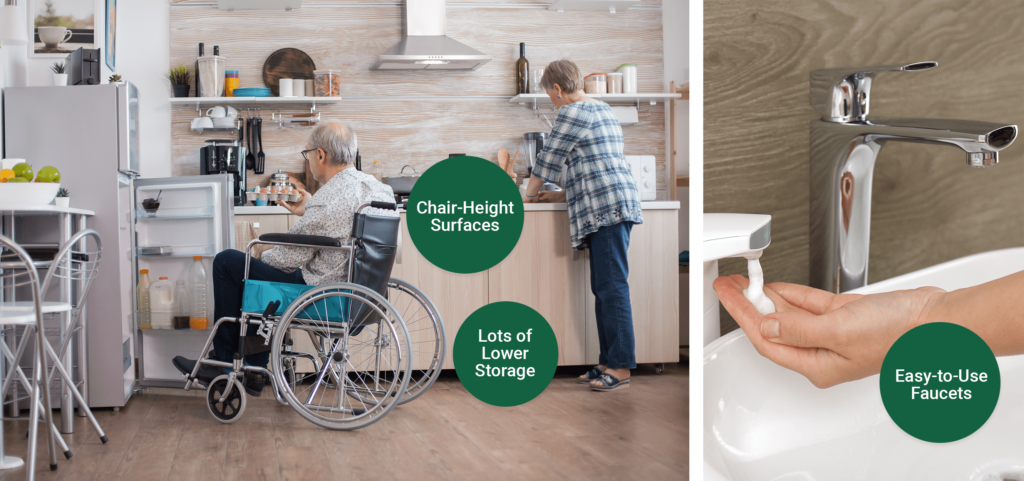
Miscellaneous
- Hallways, room openings, and doorways should be at least 36” wide to accommodate wheelchairs.
- Replace traditional door knobs with lever door handles, which are much easier to grasp.
- Remove rugs/carpet wherever possible and replace them with smooth, non-slip surfaces like cork, rubber, or linoleum.
- Replace traditional toggle light switches with easy-to-use rocker panel switches.
- Install handrails in hallways and on staircases, especially between bedrooms and bathrooms.
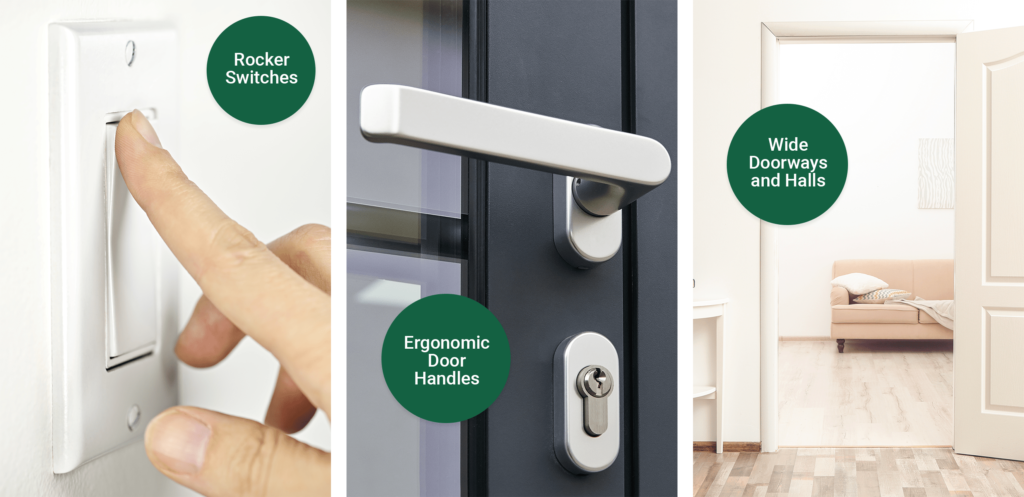
For a comprehensive list of suggested retrofits, see our home modification checklist blog. We cover all of the most important indoor and outdoor modifications to keep you in your home for as long as safely possible.
Let UDS Help You Age in Place
Our team of home modification experts are here to provide consulting, design, and construction services to make your home accessible for aging in place. From ramps and doorway widening to walk-in tubs and stairlifts, we do it all.
If you’re struggling to live independently, please contact our Supports Coordinators and Care Managers. They can help you plan, coordinate, and manage your care so you can continue living in your home and community.